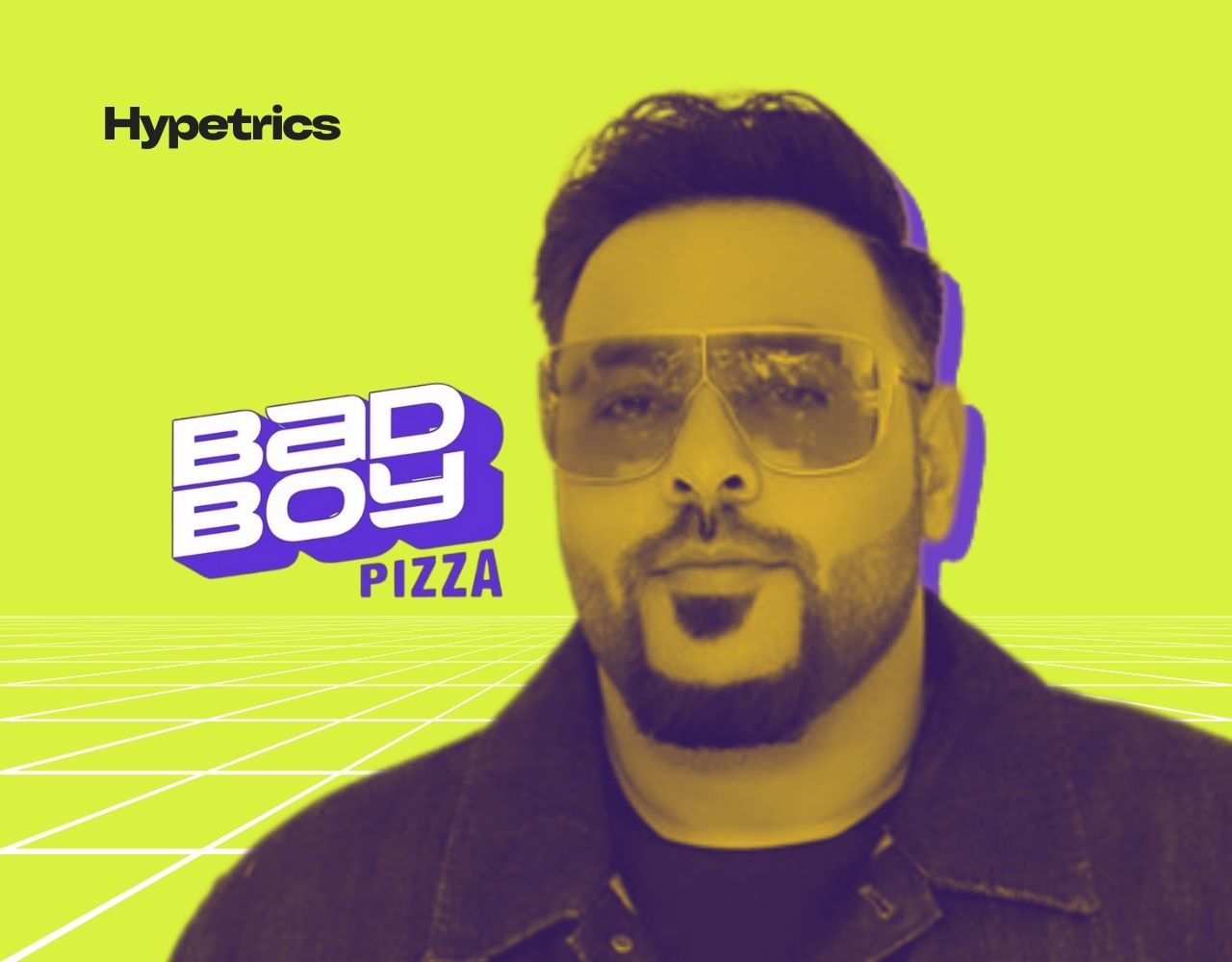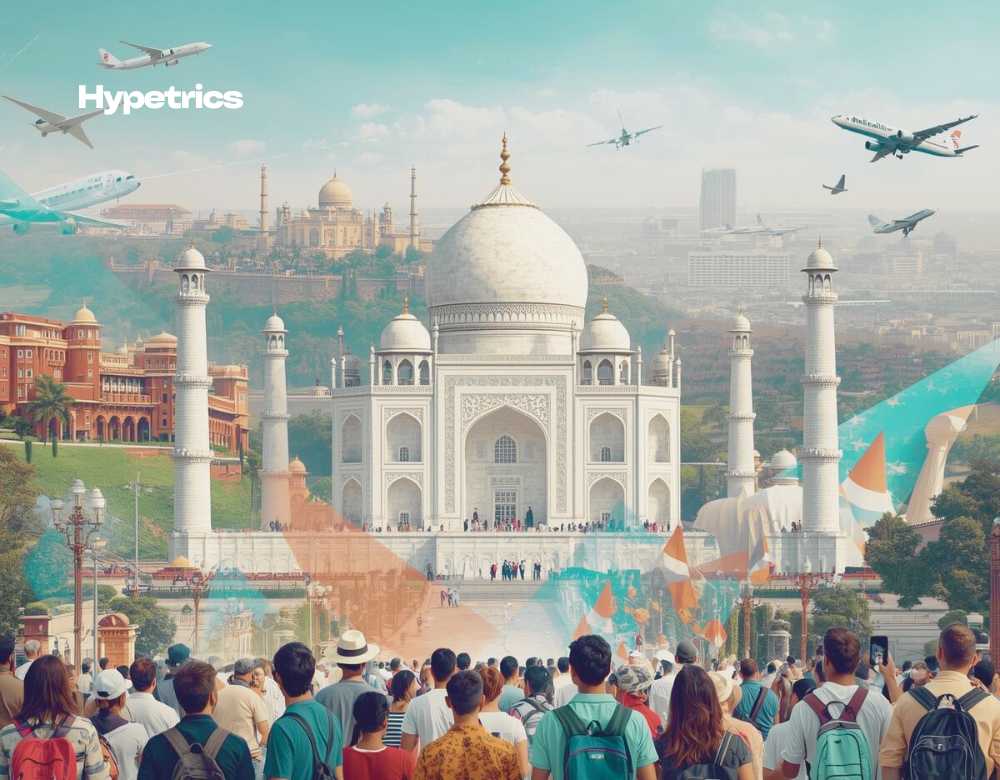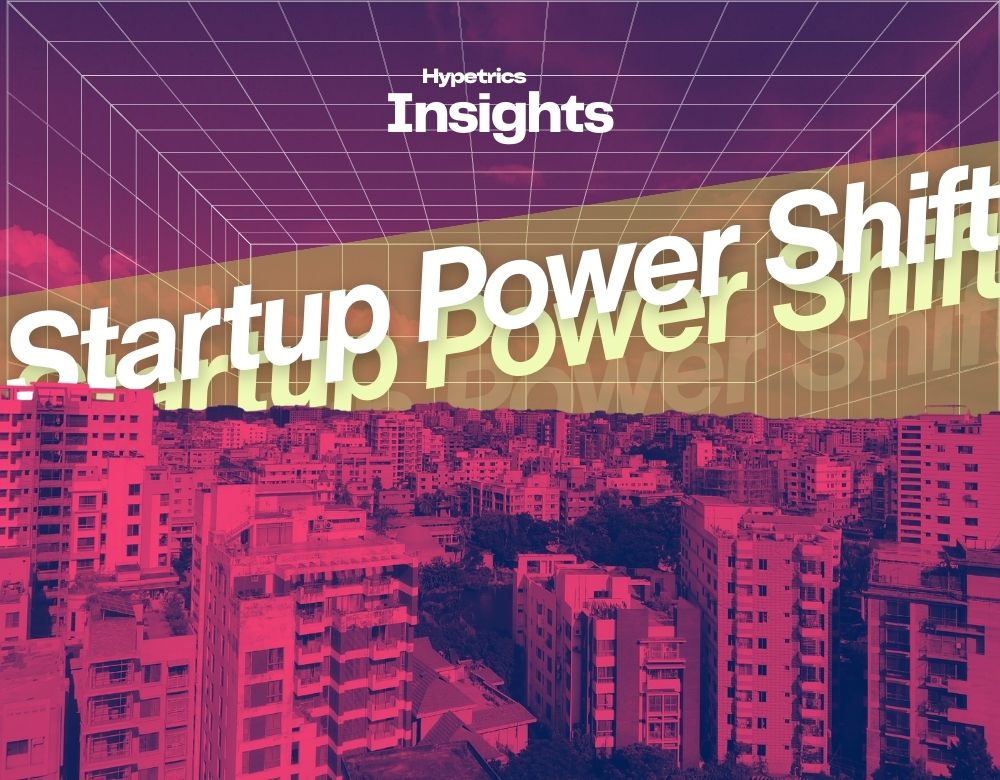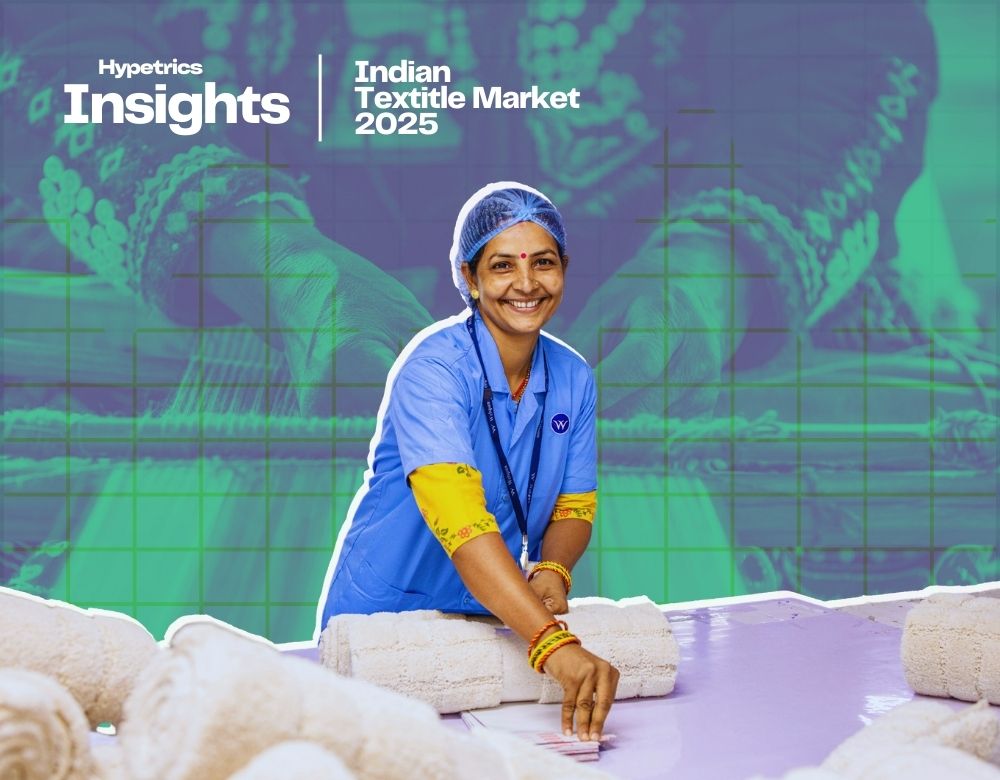Musician Badshah is now entering a different kind of arena India’s fast-evolving food and beverage sector. The artist has launched Badboy Pizza, a quick-service restaurant (QSR) brand blending fast-casual dining with cloud kitchen operations. The brand’s flagship outlet opened this month in Mumbai’s Andheri West and will serve as a base for aggressive expansion.
This move isn’t a brand endorsement. It’s a bet on full-scale consumer play. Backed by Ghost Kitchens India, Badboy Pizza is being positioned as a high-growth, mass-affordable brand with an ambitious rollout plan: 50 outlets in 3 years and a target annual run rate of ₹150 crore.
The launch puts Badshah in the company of a rising class of Indian celebrities who are choosing to build brands rather than just endorse them a shift that reflects changing dynamics in both entertainment and startup ecosystems.
A Fast-Casual Model with Fast-Track Ambitions
Badboy Pizza’s model leans heavily into the hybrid QSR format with a dine-in experience layered on top of cloud kitchen scale. The brand has strategically priced its menu at an average ticket size of ₹400, keeping it within reach of India’s urban, aspirational, middle-income consumers.
The menu designed to be quirky and culturally current offers products like Pushpa Pizza, Dynamite Schezwan, and Truffle Cacio-e-Pepe. The naming is no coincidence. The offerings draw from the same formula that made Badshah a youth icon: bold, familiar, meme-worthy, and instantly viral.
A key focus for the brand is distribution-first thinking. While most new food ventures aim for flagship store profitability, Badboy Pizza is laying infrastructure for scaled visibility through franchise-driven expansion and delivery-first formats in tier-1 cities.
Branding That Slaps
Before a single slice was sold, the team launched a digital-first campaign titled “Pizza That Slaps” a phrase that merged pop culture with food lingo. The campaign went viral, clocking over 8 million views, with teaser reels and influencer integrations designed to create curiosity without revealing much of the product.
The hype paid off. On launch weekend, the Andheri store saw long queues, with several first-time customers driven purely by digital discovery. This early traction underscores how brand storytelling and cultural timing are fast becoming key drivers in India’s increasingly crowded F&B segment.
The brand identity a mash of grunge, neon, and street-culture-inspired design reflects a clear attempt to stand out visually and emotionally from legacy players like Domino’s and Pizza Hut, while still offering the familiarity of pizza as a comfort food.
Backed by Execution Muscle: Ghost Kitchens India
While celebrity-backed food brands are not new, many falter at scale due to operational complexity. In Badboy Pizza’s case, Ghost Kitchens India plays a pivotal role. Known for its expertise in setting up and running food brands across formats, Ghost Kitchens brings backend muscle to what is otherwise a front-heavy brand.
Founded by Karan Tanna, Ghost Kitchens India has scaled multiple delivery-first brands and has a strong understanding of logistics, kitchen SOPs, and multi-location franchise management critical capabilities in turning a single-outlet brand into a national player.
With the operational playbook handled by Ghost Kitchens, Badshah and his team are free to focus on brand, community, and cultural relevance a division of labour that could offer Badboy Pizza a clear edge.
Why QSR, Why Now?
India’s food tech sector is entering a new phase. While the first wave was led by delivery platforms like Zomato and Swiggy, the current wave is seeing verticalized brands take the spotlight. Whether it’s Wow! Momo in dumplings or Biryani by Kilo in traditional Indian rice bowls, each sub-category is seeing consolidation around 1–2 key players.
Pizza although highly penetrated still leaves room for disruption, especially in the mid-premium, culturally-relevant segment. With global chains focusing on scale and uniformity, Badboy Pizza’s bet lies in localized branding, youth-led design, and social-first discovery.
The QSR market in India is estimated to touch ₹827 billion (~$10B) by 2025, with pizzas contributing over 30% to the organized segment. This timing positions Badboy Pizza at the intersection of food delivery, casual dining, and youth culture a potent combination if executed right.
A Celebrity Founder, Not Just a Face
What makes Badboy Pizza’s story notable is the founder’s intent. Badshah isn’t simply endorsing a product he’s building equity in a consumer brand. His social media presence, cultural influence, and branding instincts are now being directed towards a business that will live beyond music charts.
Speaking at the launch, Badshah reportedly emphasized the importance of “creating something that connects culturally and is scalable operationally.” The goal, it seems, is to move from cultural relevance to consumer stickiness.
In that sense, Badboy Pizza could be seen as an extension of Badshah’s own evolution from artist to entrepreneur, from influence to ownership.
India’s consumer brand space is entering an era where founders, creators, and cultural voices are merging roles. With Badboy Pizza, Badshah has taken a definitive step into this intersection betting on flavour, format, and familiarity to build a brand that aims to outlast the hype.
For now, the queues in Andheri signal interest. What remains to be seen is whether this celebrity-led QSR can scale its early momentum into sustainable growth and become more than just a slice of the startup story.















